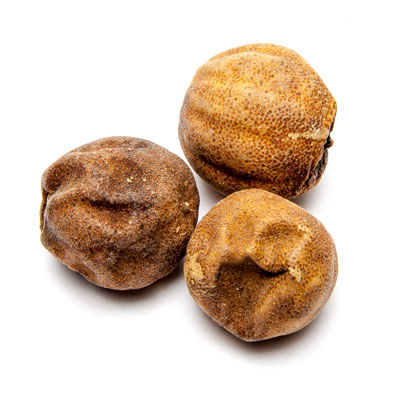A Growing Export Opportunity
Introduction to Dried Iranian Lime
Dried Iranian lime, also called black lime or loomi, is an essential ingredient in Persian and Middle Eastern cooking. As global consumers increasingly seek natural and exotic flavors, the demand for dried lime has expanded significantly. Therefore, exporters can benefit greatly by tapping into this growing market. This guide highlights the benefits, requirements, and practical steps for successfully exporting dried Iranian lime.


Why Dried Iranian Lime Is in High Demand
Firstly, dried lime offers a unique tangy flavor and aroma that is increasingly popular among chefs and food enthusiasts worldwide. Moreover, it is used in a variety of dishes, including soups, stews, and spice blends. In addition, dried lime is now gaining popularity in gourmet products and specialty beverages.
Secondly, beyond taste, dried lime provides health benefits. It is rich in vitamin C and antioxidants, which help digestion and boost the immune system. Consequently, health-conscious consumers find it appealing, further driving demand.
Finally, global culinary trends favor diverse and natural ingredients. Hence, Middle Eastern flavors are becoming mainstream, especially in North America, Europe, and Asia. As a result, dried Iranian lime enjoys rising popularity in these regions.
Key Requirements for Exporting Dried Lime
Quality and Certification Standards
To compete internationally, exporters must ensure high product quality. Specifically, the dried limes should be properly dehydrated and free from contaminants. Furthermore, meeting international food safety standards like HACCP or organic certifications greatly enhances buyer confidence.
Packaging and Labeling
Packaging plays a vital role in preserving product freshness. Therefore, vacuum-sealed bags or airtight containers are preferred to protect against moisture and air exposure. Additionally, clear and informative labeling is mandatory. For instance, labels should include product name, origin, net weight, expiration date, and any certifications.
Export Documentation
Exporters must prepare all required documentation to avoid shipment delays. For example, a commercial invoice, phytosanitary certificate, and certificate of origin are typically necessary. Without these, customs clearance can become problematic. Moreover, a bill of lading and packing list help streamline logistics.
Step-by-Step Export Process
Step 1: Identify Target Markets
Begin by researching countries with growing interest in Middle Eastern flavors, such as the USA, Canada, Germany, and the UAE. Additionally, study import regulations and consumer preferences to tailor your approach effectively.
Step 2: Source High-Quality Product
Next, partner with reputable producers who use good agricultural and drying practices. Moreover, consider sourcing organic dried lime to appeal to health-conscious segments.
Step 3: Obtain Certifications and Prepare Shipment
After securing quality product, ensure all certifications and documents are in place. Working with experienced export consultants can help expedite this process.
Step 4: Select Shipping Method
Depending on shipment size and urgency, choose sea freight for cost efficiency or air freight for speed. Meanwhile, protect the product from humidity during transit to maintain quality.
Benefits of Exporting Dried Iranian Lime
To begin with, dried lime boasts a long shelf life, often exceeding a year when stored correctly. Therefore, it withstands long transport and storage times without quality loss.
Moreover, demand continues to rise globally due to changing food trends. Exporters can capitalize on this by serving both wholesale and retail buyers.
Finally, exporters have flexibility in scaling their business. For instance, they can start with bulk shipments and gradually expand to packaged retail products.
Conclusion
In conclusion, exporting dried Iranian lime offers a promising opportunity amid increasing global demand for unique and natural ingredients. By focusing on quality, packaging, certifications, and strategic market entry, exporters can establish a strong international presence.
Thus, now is the perfect time to bring this traditional product to new global consumers and grow a profitable export business.



